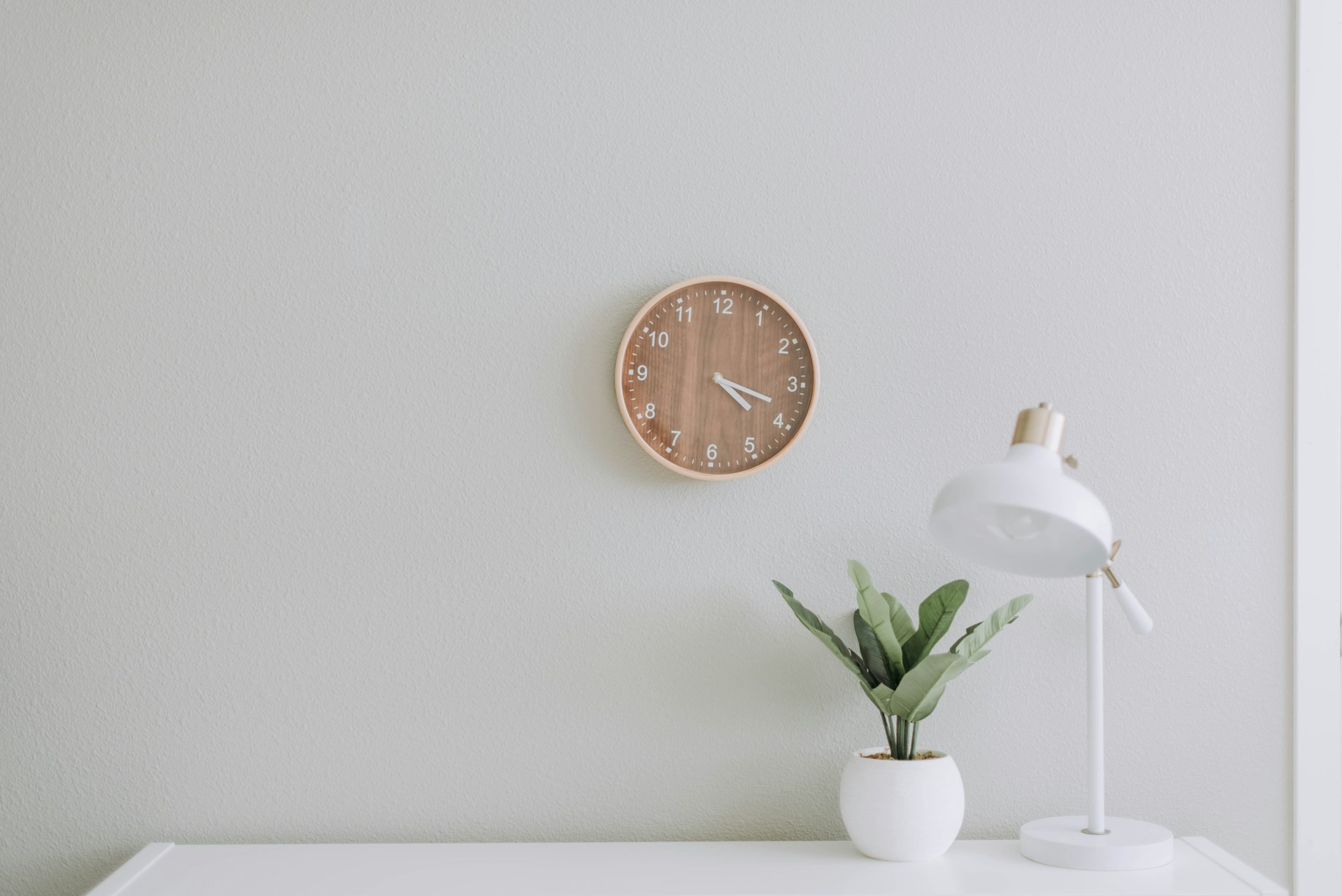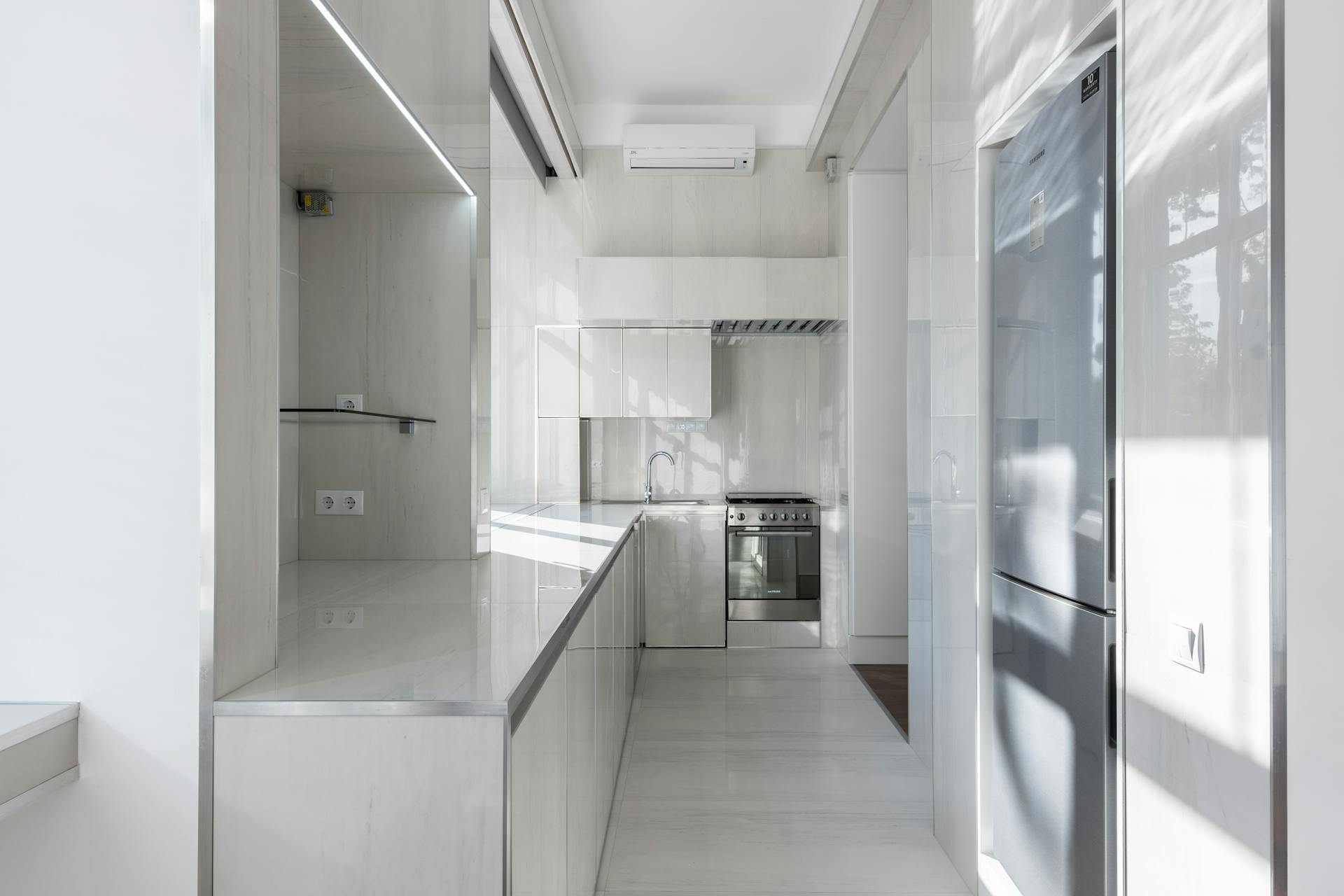In today’s fast-paced world, the concept of minimalist living has gained traction among those seeking a simpler, more meaningful lifestyle. This movement towards minimalism is not merely about reducing the number of possessions but about fostering a sense of peace, efficiency, and freedom in one’s living space. Grand Rapids, MI, with its vibrant cultural scene, rich history, and natural beauty, presents an ideal setting for individuals looking to take on this transformative journey. The city’s diverse community and resources provide ample support for residents aiming to declutter their lives and adopt a minimalist approach. In this blog, we will share practical strategies for adopting minimalist living, aiming to create homes that resonate with tranquility and simplicity.
Define What Minimalism Means to You
Adopting a minimalist lifestyle begins with a personal reflection on what minimalism signifies for you and identifying the goals you wish to achieve through this lifestyle change.
- Reflect on your aspirations for adopting minimalism, whether it’s reducing stress, improving organization, or something else.
- Clearly defining your version of minimalism will guide your decluttering efforts and help maintain focus on your objectives.
Start with a Decluttering Plan
A systematic approach to decluttering lays the foundation for a successful transition to minimalist living. Tackling your possessions methodically can significantly reduce feelings of overwhelm and ensure a smoother process.
- Approach decluttering one room at a time, starting with areas that have the least sentimental items.
- Employ a sorting system that resonates with you, such as categorizing items into keep, donate, sell, or discard piles.
Utilize Storage for Transitional Items
For those items you’re not ready to part with, finding a temporary home can ease the transition. Utilizing a trusted local storage facility can keep your home clutter-free while you decide what truly deserves a place in your life.
- Researching Grand Rapids MI storage options can help find a secure, accessible place to store items temporarily.
- Considering climate-controlled storage units to protect delicate or temperature-sensitive items from potential damage.
Invest in Multi-Functional Furniture
Incorporating furniture that serves multiple purposes can drastically enhance the functionality of your living space, aligning with minimalist principles by reducing the need for numerous pieces.
- Look for items like sofa beds, tables with storage, or ottomans that open up to storage space.
- This approach not only saves space but also contributes to a cleaner, more organized home environment.
- Consider investing in convertible desks that can also serve as dining tables or workspaces.
- Explore modular shelving units that can be customized to adapt to different storage needs.
Digitize Where Possible
Reducing the amount of physical clutter in your home can also extend to digitizing paper clutter. Converting documents, photos, and other paper items to digital formats can free up significant space.
- Use scanning apps or services to convert important documents and memories to digital files.
- Organize digital files in a structured manner to ensure easy access and prevent digital clutter.
- Extend digitization efforts to entertainment media such as CDs and DVDs, opting for digital streaming or storage solutions.
- Utilize cloud storage platforms for backing up important documents and files, reducing reliance on physical storage devices.
Tidy Up Your Closet
A minimalist approach to your wardrobe not only clears physical space but also simplifies daily decisions. Focusing on essential and versatile clothing items reduces clutter and promotes a more streamlined lifestyle.
- Implement a capsule wardrobe, selecting pieces that mix and match effortlessly.
- Use organizers, such as boxes and dividers, to maintain an orderly closet space.
- Integrate space-saving solutions like hanging organizers for shoes and accessories.
- Consider installing a custom closet system to maximize storage capacity and organization.
Simplify Your Kitchen Setup
The kitchen, often the heart of the home, can benefit greatly from minimalism. Keeping countertops clear and cabinets neatly organized can transform your kitchen into a more functional and inviting space.
- Limit gadgets and utensils to those you use regularly, storing or donating the rest.
- Adopt a minimalist pantry, keeping only staple ingredients that support versatile meal preparation.
- Opt for multifunctional kitchen appliances, such as a combination toaster oven and air fryer.
- Utilize vertical storage options like wall-mounted racks or pegboards for pots, pans, and utensils.
Reassess Your Living Space Layout
Minimalist living encourages thoughtful consideration of how each room is used, promoting spaces that are both functional and free of unnecessary furnishings.
- Arrange furniture to maximize open space, enhancing the flow and feel of each room.
- Select pieces that are both practical and aesthetically pleasing, avoiding over-decoration.
- Incorporate flexible seating options like stools or benches that can be easily moved or tucked away.
- Experiment with different room configurations to find the most efficient and visually appealing layout.
Establish Mindful Consumption Habits
Adopting a minimalist lifestyle extends beyond decluttering to include a mindful approach to new acquisitions. This prevents the reaccumulation of clutter and supports sustainable living practices.
- Pause before making purchases to consider the item’s necessity and long-term value.
- Favor quality over quantity, choosing items that are durable and meaningful.
- Practice sustainable shopping by opting for eco-friendly and ethically sourced products.
- Follow the concept of “one in, one out” to maintain a balanced and clutter-free living space.
Create a Minimalist Mindset
Minimalism is as much a mental shift as it is a physical one. Cultivating a mindset that values experiences over possessions can lead to greater satisfaction and fulfillment.
- Practice gratitude for what you have, focusing on the richness of experiences rather than material wealth.
- Engage in activities that promote mindfulness and presence, enriching your life without the need for physical objects.
- Cultivate a habit of regular decluttering to prevent the accumulation of unnecessary possessions.
Conclusion
Transitioning to a minimalist lifestyle is a process that comprises not just the decluttering of physical spaces but also a profound reevaluation of what truly adds value to our lives. By optimizing closet organization, simplifying kitchen setups, reassessing living space layouts, establishing mindful consumption habits, and fostering a minimalist mindset, individuals can create homes and lives that are both spacious and deeply fulfilling. This approach not only enhances the aesthetic and functionality of our living environments but also aligns our daily practices with a more intentional and purposeful existence.
Minimalism, therefore, is not about sacrifice but about finding abundance in simplicity. As we strip away the non-essential, we make room for the beauty of simplicity, the joy of less, and the freedom that comes with choosing to live more with less.


